Victorine Meurent: The Unvarnished Story of Manet’s Muse
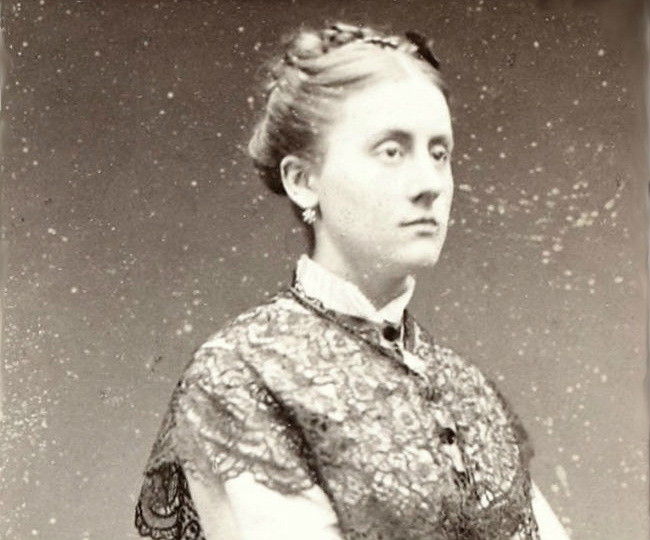
- SUBSCRIBE
- ALREADY SUBSCRIBED?
BECOME A BONJOUR PARIS MEMBER
Gain full access to our collection of over 5,000 articles and bring the City of Light into your life. Just 60 USD per year.
Find out why you should become a member here.
Sign in
Fill in your credentials below.
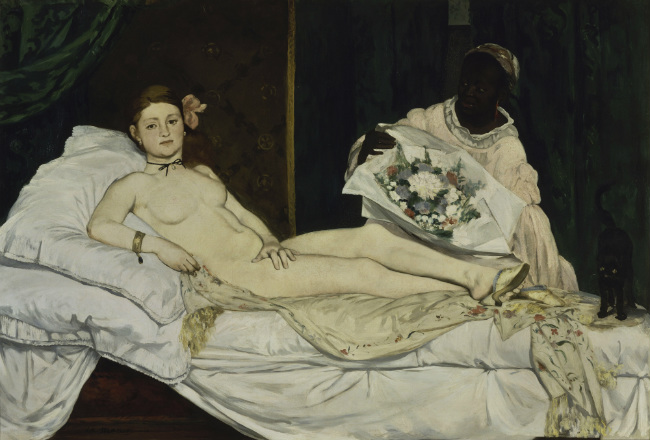
Olympia, Musée d’Orsay 1863
At the heart of many of Édouard Manet’s paintings is a ginger-haired woman that, although not identical from picture to picture, turns out to be the same model. The nudes in the French painter’s Dejeuner sur L’Herbe and Olympia – both in the permanent collection of the Musée d’Orsay in Paris – the demure Young Lady in 1866, The Street Singer, The Gare St. Lazare, even the boy in The Fifer are all Victorine Meurent.
Victorine-Louise Meurent, despite being the model for a coterie of famous Parisian male painters, was an artist in her own right – one who exhibited repeatedly at the prestigious Paris Salon– a fact lost in her elusive history. Because Édouard Manet painted Meurent as a courtesan or a demi-mondaine, viewers had the misconception that Victorine was a girl of the streets when in fact she came from a family of hardworking craftspeople and aspired to an art career at an early age.

Victorine Meurent 1844 – 1927, BNF Gallica
Born in 1844 to a mother who worked as a hat-maker and laundress and a father who worked embellishing bronzes, Victorine Meurent started modeling at the age of sixteen in the studio of Thomas Couture. Couture also offered drawing classes for women and young Victorine may have developed her artistic talent at that time.
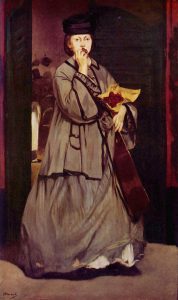
Street Singer, Museum of Fine Arts, Boston 1862
Édouard Manet may have first encountered Victorine Meurent in Couture’s studio. Meurent first modeled for Manet at age eighteen, posing for The Street Singer. Known for singing in local cafes, Victorine also played guitar and the violin and gave lessons in both instruments. Manet’s close friend and supporter, poet Charles Baudelaire urged artists to find inspiration in contemporary everyday scenes, to capture what he called “the heroism of modern life.” Victorine was well-suited for this type of modeling and soon became Manet’s muse. Victorine also modeled for Manet’s friends, Edgar Degas, Puvis de Chavanne and the Belgian painter Alfred Stevens with whom she was romantically involved. Unconventionally pretty, Victorine was conspicuous for her petite stature and her red hair. Consequently, she acquired the nickname La Crevette, The Shrimp.
Victorine Meurent would have been notorious in Paris circles. When Manet’s Le Déjeuner sur l’Herbe was first exhibited at the 1863, the public’s response ranged from laughter to outright violence with more than one visitor expressing his outrage by striking out at the image. As the model for Manet’s Olympia, Victorine’s image was ridiculed as looking like a female gorilla with green and decaying flesh. In eighteenth and nineteenth-century art, female nudes were always appreciated, as long as they represented mythical goddesses and heroines. In contrast, the women represented by Victorine in Manet’s most famous paintings, Le Déjeuner sur l’Herbe and Olympia, clearly belonged to contemporary Paris.
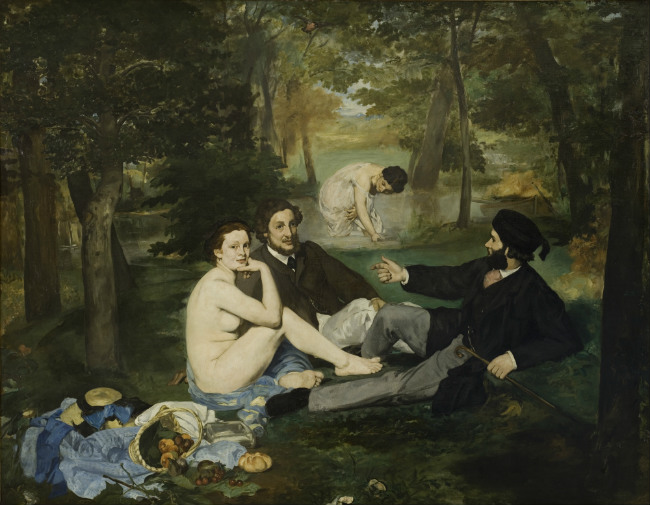
Le déjeuner sur l’herbe, Musée d’Orsay 1863
Manet continued to employ Victorine as a model until the early 1870s, when she resumed her art classes and they parted ways. Victorine was drawn to the more academic style of painting to which Manet was long-opposed. Trying her luck on the other side of the canvas Victorine attended evening classes at the Académie Julian in 1875 under the tutelage of the painter Etienne Leroy. Her self-portrait was shown at the Paris Salon the following year.
In 1876, the year in which Victorine Meurent’s self-portrait was displayed in the Salon, Manet failed to get his work accepted. M is for Manet, but M is also for Meurent, and Victorine’s work was hung in the gallery that should have also featured Manet’s. This irony could hardly have skipped his notice. Her entry in the 1879 Salon, A Nuremberg Bourgeoise in the Sixteenth Century, hung in the same room along with Manet’s Self Portrait with Easel. Despite the rumour that in the 1890s Victorine could be found drinking heavily and trying to flog her drawings throughout the streets of Montmartre, she continued to successfully exhibit her art. The Paris Salon accepted and exhibited her submissions six times. In 1903 Meurent was admitted to the Société des Artistes Français. Candidates for this association needed the sponsorship of two members, and one of Victorine’s sponsors was the society’s founder, Tony Robert-Fleury.
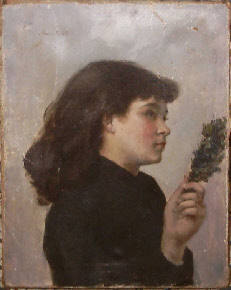
Palm Sunday, c. 1880s, Musée Municipal d’Art et d’Histoire de Colombes
Despite her success as an artist and a model, Victorine Meurent did sometimes fall on hard times. Meurent continued to support herself through the 1880s by modeling for Norbert Goeneutte, an artist best known for his etchings, and a young Toulouse-Lautrec. However, shortly after Édouard Manet’s death in 1883, Victorine wrote to his widow, recalling to Madame Manet her late husband’s promise to forward her with some money if he succeeded in selling the paintings for which she had posed. The Widow Manet was not accommodating.
For the last twenty years of her life, Victorine shared a house in Colombes, the suburb of Paris, with a woman named Marie Dufour. Local census records indicate that Victorine continued to call herself an artist.
Meurent died in 1927. After the death of her companion Dufour in 1930, the contents of the house were liquidated and neighbours recalled the last few contents of the house being burned on a bonfire. Only one of Victorine Meurent’s works is known to survive, Le Jour des Rameaux or Palm Sunday was recovered in 2004 and now hangs in the Musée Municipal d’Art et d’Histoire de Colombes. The location of Meurent’s other paintings is unknown and most may be forever lost. A record of the sale of one of her paintings in 1930 was the last report of her works.
Lead photo credit : Victorine Meurent 1844 - 1927, BNF Gallica
More in art and culture, Manet



REPLY